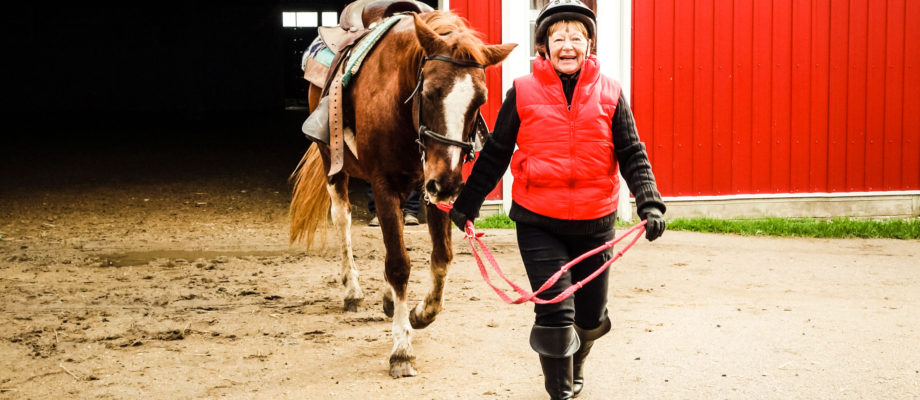NEW STUDY. Horseback riding and rhythm-and-music therapies may improve stroke survivors’ perception of recovery, gait, balance, grip strength and cognition years after their stroke, according to new research in the prestigious American Heart Association’s journal Stroke.
Researchers studied 123 Swedish men and women aged 50-75 who had suffered strokes between 10 months and 5 years earlier. Trial participants were randomly assigned to rhythm-and-music therapy, horse-riding therapy or ordinary care, with the therapies given twice a week for 12 weeks.
Of those who experienced an increased perception of recovery, 56 percent were in the horse-riding group, 38 percent in the rhythm and music group, and 17 percent in the control group.
The perception of recovery was sustained at three-month and six-month follow-ups, according to senior author Professor Michael Nilsson, Director of the Hunter Medical Research Institute and a conjoint professor at the University of Gothenburg.

“This is a significant result for a late-phase, non-pharmalogical intervention,” Professor Nilsson said. “It shows that improvements are still possible, even years after a stroke, using motivating, comprehensive therapies provided in stimulating physical and social surroundings to increase brain activity and recovery.
“Horse-riding therapy produces a multisensory environment and the three-dimensional movements of the horse’s back create a sensory experience that closely resembles normal human gait and is beneficial for stroke survivors.”
In rhythm-and-music therapy, patients perform cognitively demanding hand and feet movements to visual and audio cues. Researchers found that this activity helped survivors with balance, grip-strength and working memory.

“It appears that it is the combination of different activities and stimuli, rather than the individual components that produce additional beneficial effects for stroke recovery,” Lead author Associate Professor Lina Bunketorp-Käll said.
Further analyses of the study results and follow-up studies involving more participants are planned to help determine efficiency, timing and costs.
The Swedish study was a part of the “Culture and Brain Health Initiative” funded by the Sten A Olsson Foundation for Research and Culture.











